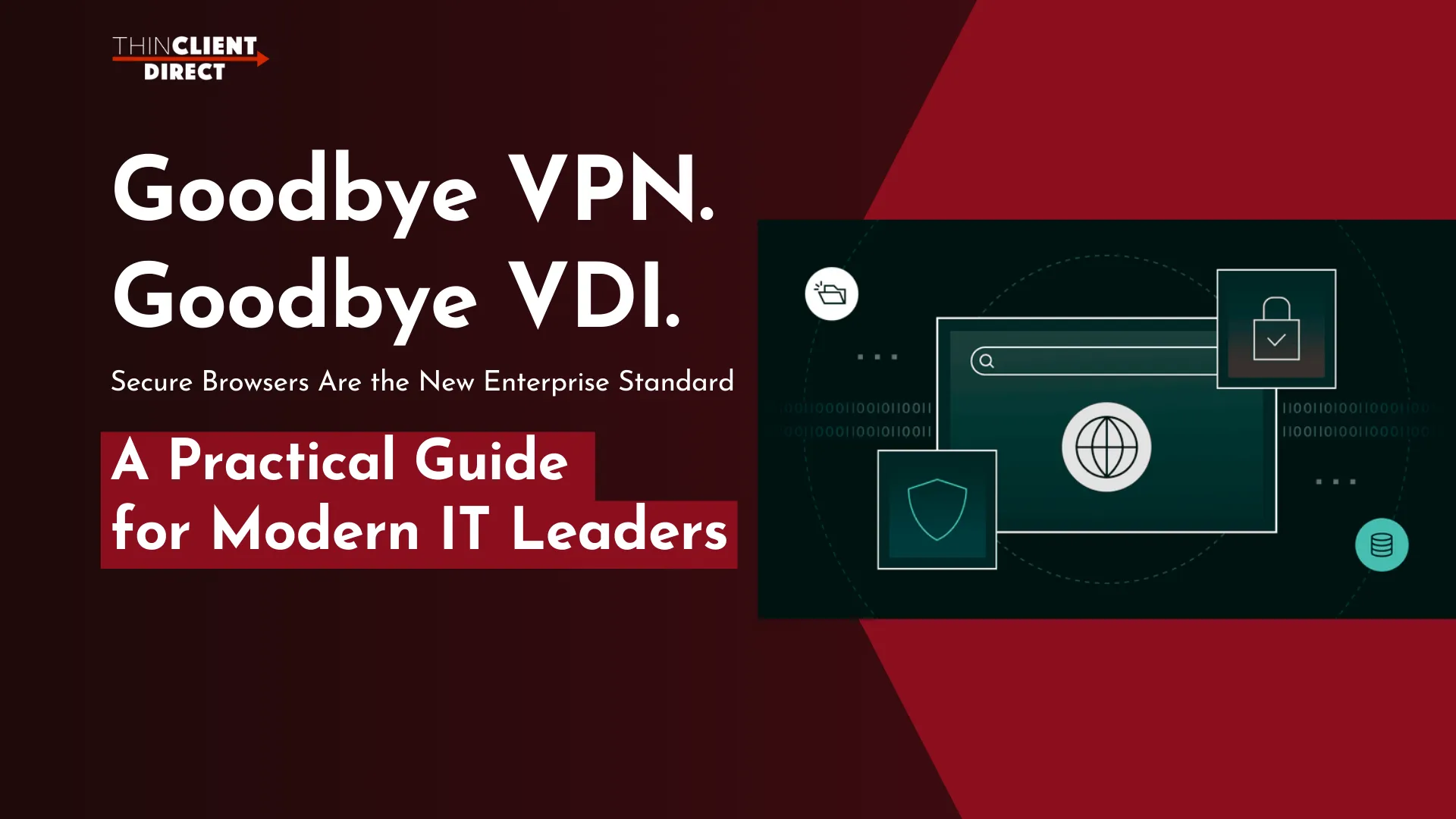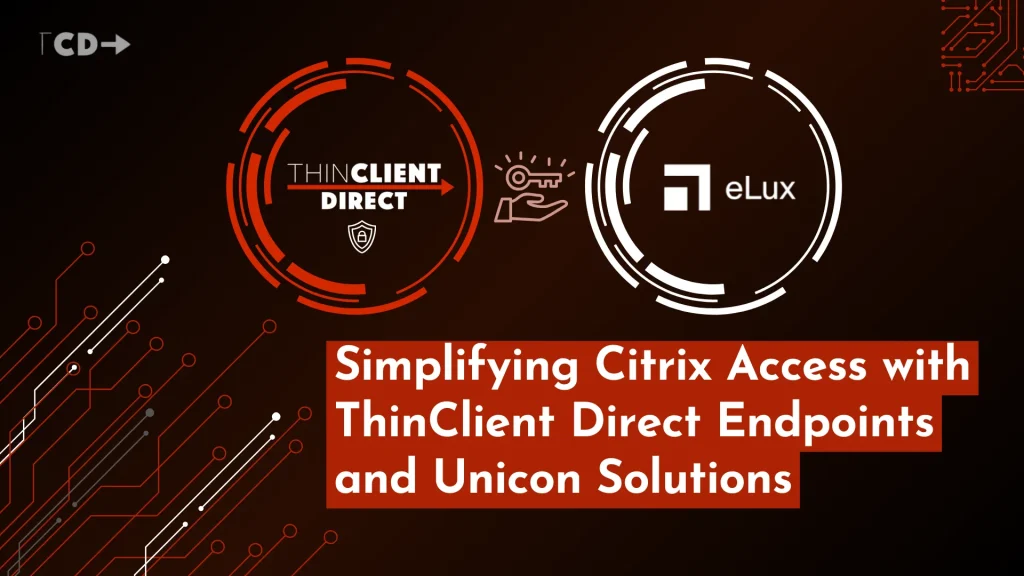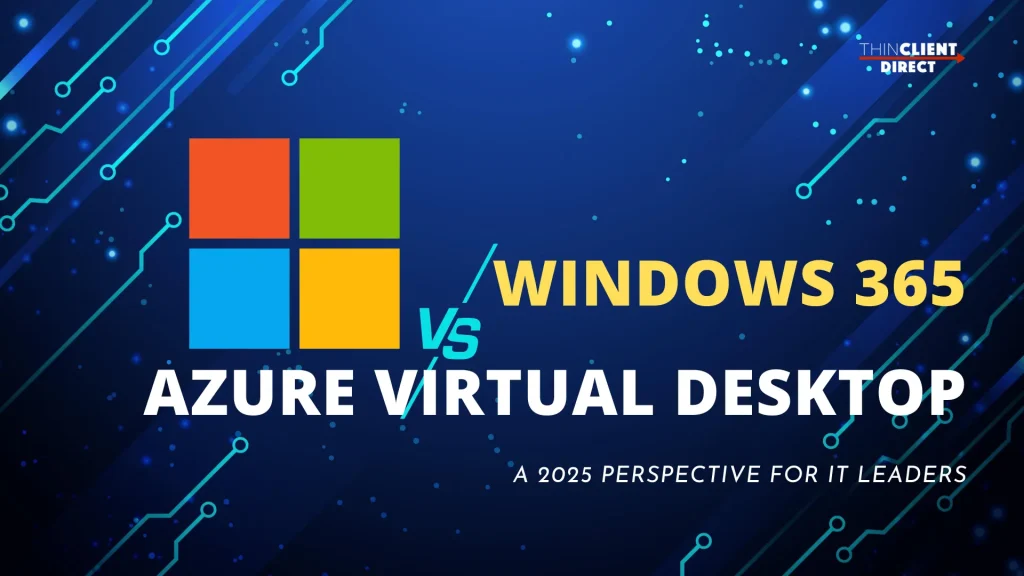How to Choose the Right Enterprise Secure Browser: A Guide for Modern IT Leaders
August 25, 2025
In today’s cloud-first workplace, enterprise security must evolve beyond traditional tools. Virtual Desktop Infrastructure (VDI) and VPNs have long secured remote access to corporate resources. However, they are expensive, complex to maintain, and often deliver a subpar user experience.
As organizations adopt hybrid work models, Zero Trust frameworks, and SaaS ecosystems, the enterprise secure browser has emerged as a modern alternative. Secure browsers help control how users access web apps and internal tools, without requiring full desktop virtualization or direct network access.
This guide provides a comprehensive look at secure browsers: how they work, the different categories, critical features to evaluate, and the major solutions on the market, including Amazon WorkSpaces Secure Browser, Island, TalonWork, Silo by Authentic8, Parallels Browser Isolation, Citrix Secure Browser, Brave, Tor, and Mullvad Browser. We’ll also explore how ThinClient Direct (TCD) thin client hardware complements secure browsers as a scalable, secure endpoint.

What Is an Enterprise Secure Browser?
An enterprise secure browser is a web browsing solution that enforces security policies, identity controls, and data protection at the browser level. Unlike traditional consumer browsers, secure browsers are purpose-built for IT teams to govern access to SaaS, internal apps, and the broader web while reducing risk.
Secure browsers can:
- Prevent data leakage via downloads, the clipboard, or printing
- Enforce authentication and device posture checks
- Isolate risky sessions from the endpoint
- Log activity and integrate with SIEM tools
- Apply Zero Trust principles without requiring network tunnelling
As more enterprise workloads shift to web applications, secure browsers are the last line between users and sensitive data.
Why Organizations Are Moving Toward Secure Browsers
Modern businesses need a more straightforward, lighter, and more flexible way to secure application access — and an enterprise secure browser offers exactly that balance. Secure browsers are particularly effective for:
- Securing access from unmanaged or BYOD devices
- Providing contractors with temporary, policy-controlled access
- Isolating high-risk browsing behavior
- Applying security controls to SaaS tools
- Reducing dependency on traditional VPNs or VDI platforms
In short, secure browsers offer many of the security benefits of VDI or VPN without the overhead or performance tradeoffs.
Types of Secure Browsers
Enterprise secure browsers generally fall into three categories:
1. Privacy-Focused Browsers
These browsers are designed to maximize personal privacy by blocking trackers, preventing fingerprinting, and hiding user identity. While applicable for individuals, they do not include enterprise features like centralized policy enforcement or identity management.
Examples include:
- Brave – blocks ads and trackers; Chromium-based.
- Tor Browser – routes traffic through encrypted nodes; built for anonymity.
- Mullvad Browser – designed by the Tor Project to resist fingerprinting using a standard VPN connection.
These tools are suited to high-risk personal use cases (e.g., journalism, activism), but lack integration with identity systems, policy controls, or DLP features required for enterprise environments.
2. Enterprise-Managed Secure Browsers
Enterprise-managed browsers are built to serve IT governance needs and offer policy enforcement, DLP, integration with identity providers, device posture checks, and centralized logging.
Examples include:
- Island – a highly configurable browser offering clipboard control, download restrictions, session logging, watermarking, and extension management.
- TalonWork (now known as Palo Alto Networks) – focused on secure SaaS access and Zero Trust enforcement, with phishing protection, SSO integration, and device validation.
These solutions enable organizations to fully control browser behavior and protect sensitive web sessions on managed and unmanaged devices.
3. Remote Browser Isolation (RBI) Platforms
RBI solutions isolate browsing sessions in a remote container (cloud or on-premise). The user sees a streamed session version, preventing malware or untrusted code from reaching the endpoint.
Examples include:
- Amazon WorkSpaces Secure Browser – delivers Chrome sessions hosted in AWS with strict data and session control.
- Silo by Authentic8 – cloud-isolated browsing with identity masking, session recording, and encrypted storage.
- Parallels Browser Isolation – offers affordable isolation-based browsing with real-time threat prevention.
- Citrix Secure Browser – provides isolated web app delivery via Citrix infrastructure, ideal for customers already using Citrix virtualization.
These tools are convenient for BYOD, high-risk browsing, or securing access to internal web apps without exposing the endpoint.
Key Features to Consider When Evaluating Enterprise Secure Browsers
IT leaders should focus on the following critical features when evaluating an enterprise secure browser.
Session Isolation
Determine whether the browser executes locally (as a managed browser) or remotely (as a streamed or containerized session). Remote isolation prevents active code from reaching the endpoint—ideal for untrusted or public environments.
Data Loss Prevention (DLP)
Look for features like:
- Blocking downloads/uploads
- Disabling clipboard copy/paste
- Controlling or turning off printing
- Watermarking browser content
- Preventing screenshots
These controls are essential in regulated industries and scenarios involving contractors or external collaborators.
Identity and Access Integration
Secure browsers should integrate with your existing Identity Provider (IdP) for user authentication and session management. Common IdPs include Okta, Azure AD, and Ping Identity. SAML, OAuth, or SCIM support ensures seamless user provisioning and access control. For a deeper look at how identity management strengthens cloud access strategies, see our blog “Seamless and Secure Cloud Access: TCD & AuthX – A CISO’s Perspective“.
Device Posture Checks
This feature evaluates endpoint health before granting access. Checks may include OS version, firewall status, antivirus presence, or patch compliance—an essential part of Zero Trust access.
Policy Control and Administration
Top-tier secure browsers support granular policies such as:
- Domain and application allow/deny lists
- File type restrictions
- Geolocation or time-of-day access limits
- Extension control and script blocking
Centralized admin consoles allow IT to apply, update, and audit these policies across users or devices.
Visibility and Compliance
Enterprises should assess logging and monitoring capabilities, including:
- Session metadata
- User behavior tracking
- Integration with SIEM tools
- Exportable reports for compliance audits
Enterprise Secure Browser Vendor Landscape
Several enterprise secure browser solutions dominate the market, each with unique policy control, isolation, and identity integration approaches.
Amazon WorkSpaces Secure Browser
Amazon’s cloud-hosted browser offers full Chrome capabilities without installing software on endpoints. Sessions are ephemeral, and admins can control downloads, printing, and clipboard use. This is ideal for third-party access, unmanaged devices, or SaaS delivery across distributed teams—an approach we’ve detailed further in our blog on Amazon WorkSpaces Secure Browser with TCD thin client endpoints.
Island Enterprise Browser
Island enables IT to define precisely how users interact with web apps. It supports extension management, clipboard restriction, data redaction, session logging, and forensic traceability. Its feature set is tailored for regulated enterprises seeking maximum policy control.
TalonWork
Talon offers browser-based Zero Trust access for distributed workforces. Its security model includes phishing protection, session hardening, and posture validation. Talon integrates with leading IdPs and supports application-specific policy enforcement.
Silo by Authentic8
Silo is a fully cloud-hosted, secure browser that separates the web session from the device. It logs all user activity, offers encrypted session storage, and supports file and identity controls. It is often used in defense, legal, and financial services sectors.
Parallels Browser Isolation
Parallels provides RBI at a lower cost, with features like real-time content rendering, clipboard control, time-based access, and policy enforcement. It is beneficial for organizations that want session isolation without complex infrastructure.
Citrix Secure Browser
Part of the Citrix suite, this tool delivers secure web apps through a virtual session. It integrates well with existing Citrix environments and enables isolated access to internal or SaaS applications without a client install. Organizations relying on Unicon often pair Citrix delivery with optimized endpoint hardware from TCD, ensuring their thin clients are fully tuned for performance and long-term support.
Brave, Tor, Mullvad
While not enterprise-focused, these privacy-first browsers offer valuable protections for individuals. However, they lack IAM integration, policy enforcement, and centralized control—making them unsuitable for enterprise governance.
Choosing the Right Browser for Your Organization
Every organization has different needs. Choosing the right enterprise secure browser depends on use case, workforce model, and regulatory context.
If you support third-party vendors or contractors, browser isolation platforms like Amazon WorkSpaces Secure Browser or Parallels offer fast, secure deployment with no local installation.
Browsers like Island or Silo provide detailed session tracking, policy enforcement, and data protection for organizations operating in high-compliance sectors.
TalonWork allows identity-based policy enforcement and device posture validation at the browser level if you’re deploying Zero Trust architecture across remote or hybrid teams.
If your company already uses Citrix infrastructure, Citrix Secure Browser may be a natural extension to secure access without additional complexity.
And while privacy-first browsers like Brave or Tor can offer secure personal use, they’re not substitutes for enterprise-grade solutions in managed environments.
The Role of Hardware: Why TCD Thin Clients Are the Ideal Secure Browser Endpoint
Secure browsers protect data and control access, but endpoint security still matters—especially in distributed workplaces. That’s where ThinClient Direct (TCD) hardware plays a critical role.
TCD thin clients are built to support secure browser deployments from the ground up. Key advantages include:
- No local storage: Reduces the risk of data exfiltration.
- Secure boot and TPM: Protect the device from tampering and malware.
- OS flexibility: Compatible with Linux, Windows IoT, and Stratodesk NoTouch OS.
- Kiosk readiness: Boot directly into a secure browser session.
- Centralized management: Easily provision, monitor, and update devices remotely.
If you haven’t explored our 2025 Ultimate Thin Client Guide, it’s the perfect starting point to understand how thin clients complement secure browsers in enterprise deployments.
TCD thin clients are ideal for launching Amazon WorkSpaces Secure Browser in kiosk mode, deploying Island or TalonWork on managed endpoints, or hosting lightweight cloud-isolated browsers like Parallels.
The combination of secure browser software and TCD hardware creates a unified, low-maintenance solution for endpoint security in a cloud-native world.
Final Thoughts
Enterprise secure browsers represent a shift in how organizations secure access to critical applications. Whether you need policy enforcement, malware isolation, session logging, or frictionless access from unmanaged devices, a secure browser model meets your needs.
IT leaders can confidently choose the right solution by understanding the categories, features, and vendor offerings. To maximize the impact of an enterprise secure browser, pair it with ThinClient Direct’s thin client hardware for a safe, optimized, and complete endpoint strategy.
Schedule a free and quick consultation here.



